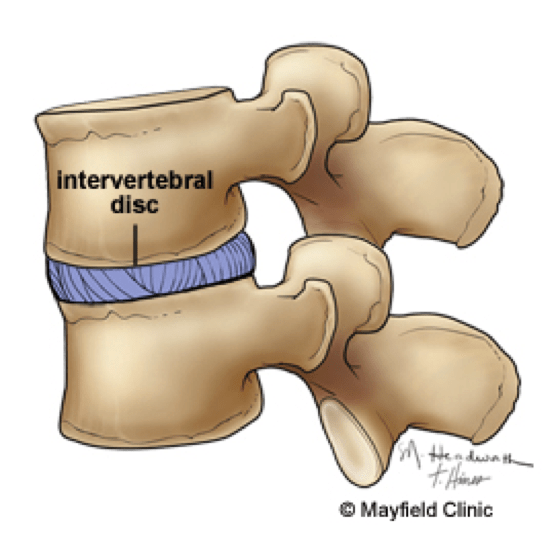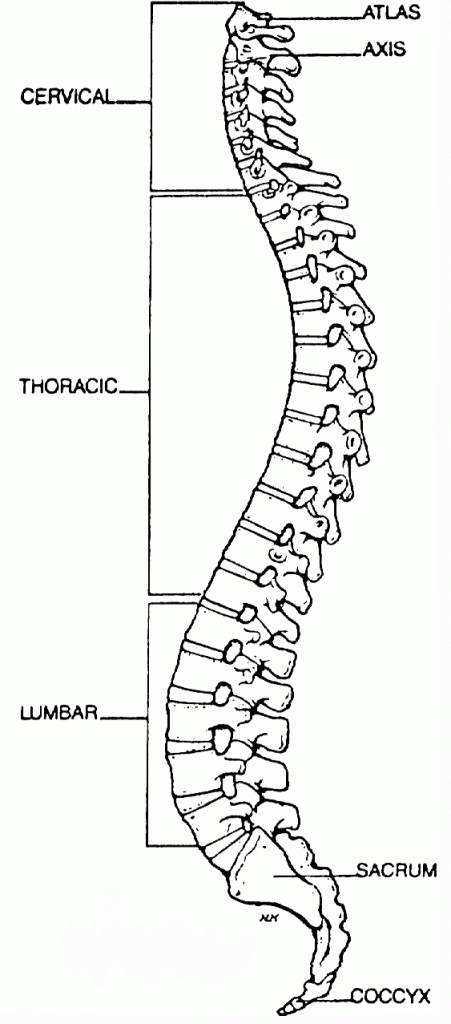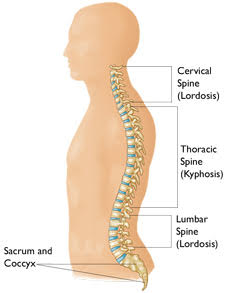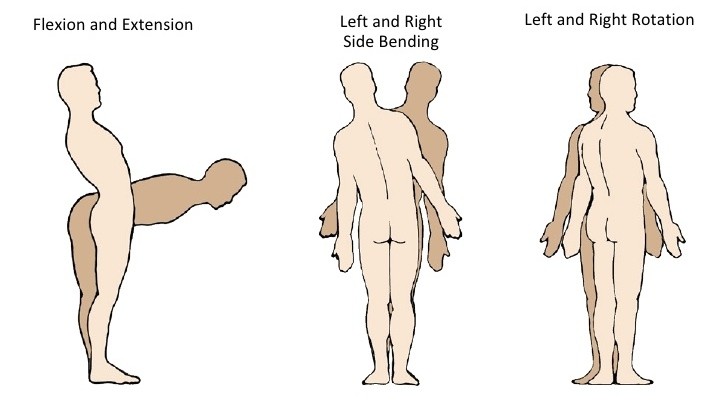The spine is a spinal column with shape like the letter S that provides the primary support for the body. It allows you to stand upright, bend, and twist while protecting the spinal cord from injury. It is essential to understand the alignment and the movement of your spinal cord so that you can protect it and consistently experience a healthy, painless, and limitless living.

The spine has 33 individual bones stacked, one on top of the other, called “vertebrae.” Bands that stand between the vertebrae protect and connect them.
In fact, these bands are called intervertebral discs, and their function is to separate, cushion, and prevent the robbing of vertebrae.
To clarify, these 33 bones are numbered from top to bottom and divided into sections. The vertebrae in each region have unique features that help them perform their functions.
Spine Sections
The spine divide into :
Cervical – first seven vertebrae ( C1-C7 )
Primary function: to support the head
Certainly, movement of the head is possible due to the anatomy of the atlas (1st vertebrae) and 2nd vertebrae, a peg-shaped axis.
Thoracic – 12 vertebrae (T1-T12)
Primary function: provide support to the rib cage and protect the heart and lungs.
Limited Move
Lumbar – 5 vertebrae (L1-L5)
Primary function: to bear the body weight
Above all, the direction of flexion, extension, and rotation
Sacral – 3 to 5 vertebrae fused
Primary function: to connect the spine to the hips
While they form the pelvic girdle together with the iliac bones
Coccyx – 4 last fused vertebrae
Primary function: to provide attachment for ligaments and muscles of the
pelvic floor


The S shape of the spine
The S-shape of the spine exists because of the curves that took place during its development. The primary curves are the kyphotic ones, and the secondary curves are the lordotic ones.
The kyphotic curves are outward curves of the spine – thoracic, sacral
The lordotic curves are inward curves of the spine – cervical, lumbar
There are five types of movement
Firstly, flexion – forward bending
Secondly, extension – backward bending
Thirdly, lateral flexion – side bending
Fourthly, axial rotation – twisting
And last, axial extension – lengthening of the spine

Find out more information about your body here!
Resources
(1) Mayfield Clinic
(2) Ανατομική του ανθρώπου – δομή και λειτουργία, πρώτος τόμος / Παναγιώτης Βαλτοπουλος – Ιατρικές εκδόσεις Π.Χ Δασκαλίδης





